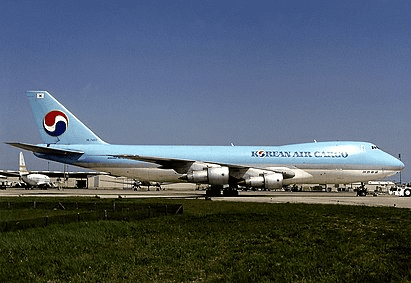It seems that unpredictable and catastrophic events are almost impossible to happen in the modern world with mankind’s progress reaching the highest level. The latest innovations allow scientists and researchers to predict many events and phenomena. However, nature has its own laws and rules that humanity can’t predict accurately. Various engineering inventions, engines and mechanisms have a chance to fail anytime and such situations lead to terrible consequences. One of them was the air crash in the suburbs of London, which happened in 1999 when British aircraft construction was at a fairly high level. Learn more at london-future.
Chronology of events and the main facts
The terrible accident had certain prerequisites and if looked closely, it reveals quite interesting details. Perhaps, the disaster could not have happened if the representatives of the two different crews had met during the changeover. The plane made cargo flights from London to Seoul and vice versa. The first signs that indicated possible failures in the operation of the mechanisms were found when the plane was returning from South Korea to London. When the plane landed in Tashkent to undergo refueling and the crew changeover, everything was perfect. It departed London at 7:29 a.m. in good weather conditions. Although on its way to the destination, the aircraft commander noticed some issues with the plane turning, which was determined as the air horizon malfunctioning. Some other failures happened during that flight too. The plane landed at Stansted Airport at 3:05 p.m. for replacing the cargo, refueling, the crew changeover and after that, departure to Seoul. Before shifting, the flight engineer made a corresponding record in the technical register and the malfunction was reported to the chief engineer of the airline. Alas, the shifting plane commander didn’t have the chance to meet the boarding crew members.
On the evening of December 22, 1999, the plane was loaded with new cargo and was ready to operate the London-Milan-Tashkent-Seoul route. Everything went wrong from the beginning, predicting an unsuccessful flight. The commander tried to get permission to take off several times, using different radio frequencies. When some issues were solved, the crew was permitted to operate the established route at 6:36 p.m. The plane took off and began to gain the required altitude. The radio connection with the crew was present in the first seconds of the flight. After a while, the comparator indicated a danger signal, which the previous crew had encountered on the same day too. The plane began to gain altitude, but after reaching the mark of 760 meters above sea level, its nose began to dive toward the ground. 48 seconds into the flight, it turned out that the backup indicator was also not working too. At 6:38 p.m. the plane hit the ground at breakneck speed in the suburbs of London, 2.4 kilometers from the airport. The plane exploded due to the powerful impact and formed a huge fire sphere at the scene. Unfortunately, all crew members died.
Characteristics and features of the crashed plane

The unfortunate plane belonged to the Korean Air Cargo airline. Boeing 747 was a cargo plane, which was operating on the London-Milan-Tashkent-Seoul route until the fatal accident. The aircraft was built in 1980 and since then, it made 15,451 landing and take-off cycles with 83,011 hours spent in the sky.